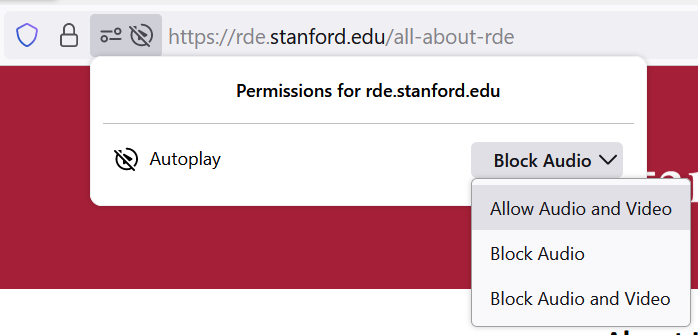
Lead Advisory
Dear Escondido Village and Mirrielees Residents:
This is a periodic update to a series of advisories issued to Escondido Village and Mirrielees Student Housing residents concerning lead in paint. Housing built before 1978 often included lead-based paint, and at Stanford we continue to evaluate portions of Escondido Village and Mirrielees for the presence of “lead-containing” or “lead-based” paint, a project that has been ongoing since August 1991.
Lead in paint is not considered by the U.S. Environmental Protection Agency (EPA) to be a hazard unless it is present in concentrations above 0.5% by weight, is accessible to them, and is in poor condition. But lead from paint chips and dust can pose health hazards if not managed properly. Lead exposure is especially harmful to young children and pregnant women. For more information about lead, please see the EPA’s online brochure “Lead, Protect Your Family” https://www.epa.gov/lead/protect-your-family-sources-lead.
Before renting pre-1978 housing, lessors must disclose the presence of known lead-based paint or lead-based hazards in the dwelling. Federal and California law requires that notice be provided to persons who are exposed to even extremely small quantities of lead. This letter serves as an addendum to your lease agreement and fulfills the lessor’s lead-based paint notification requirements. Receipt of this letter also serves as an acknowledgment by the lessee that the required information has been provided by the lessor.
With the one exception described below, to date, interior housing surfaces tested at Escondido Village and Mirrielees have been found to be below the regulatory definition of “lead containing” (i.e., the paint contains less than 0.5% lead by weight). The base coat of paint on the radiator covers in some of the Increment II units in Escondido Village apartments has been found to be slightly above the 0.5% level at 0.8%. In no case where a radiator cover yielded a “positive” test result was the surface coat found to be the problem. All radiator covers have been painted over with non-lead containing paint.
Sand sampling was performed at all common play areas in Escondido Village and the results were consistently negative. A limited amount of soil sampling has been performed. The results of those tests were below hazardous levels as well.
Projects to abate identified potential lead hazards, such as new play equipment and benches, were completed before 1996.
Over the past several years, blood screening for lead has been available free of charge to all Escondido Village children under seven years of age. To date, no positive blood lead results have been detected. Interested parents should contact RDE-Safety@stanford.edu.
Testing for the presence of lead-containing paint on surfaces at Escondido Village and Mirrielees is an ongoing effort as needed during construction projects. Escondido Village residents who notice damaged paint on radiator or heater covers should report such damage to the Escondido Village Housing Service Center at 723-1171 for appropriate inspection and action. Mirrielees residents should report damage to the Escondido Village Graduate Residences Housing Service Center for Undergradautes at 724-2647.
Please feel free to contact RDE-Safety@stanford.edu if you have any questions about the matters described in this letter.
Sincerely,
Imogen Hinds, Assistant Vice Provost, R&DE Student Housing Operations and Stanford Conferences
